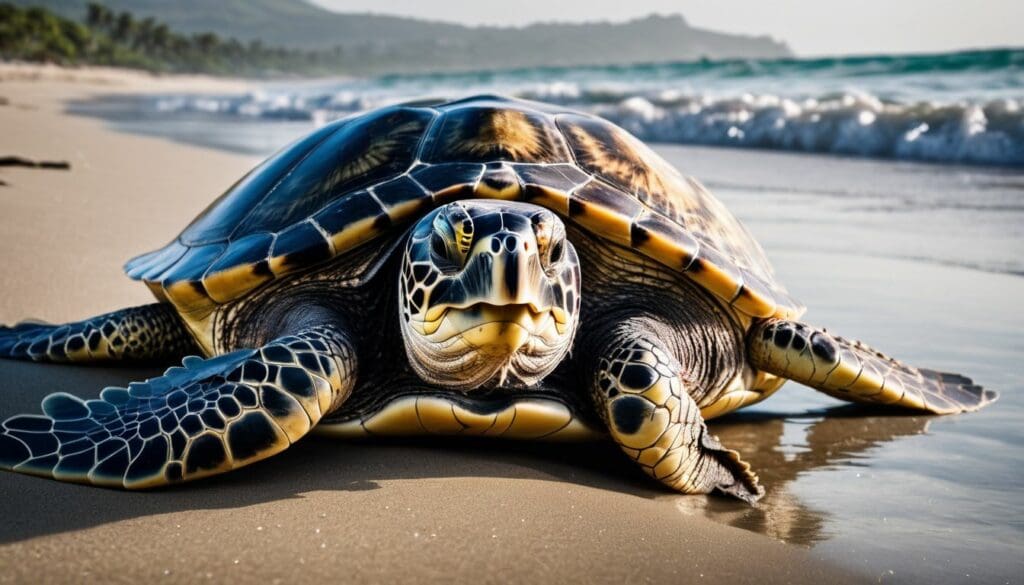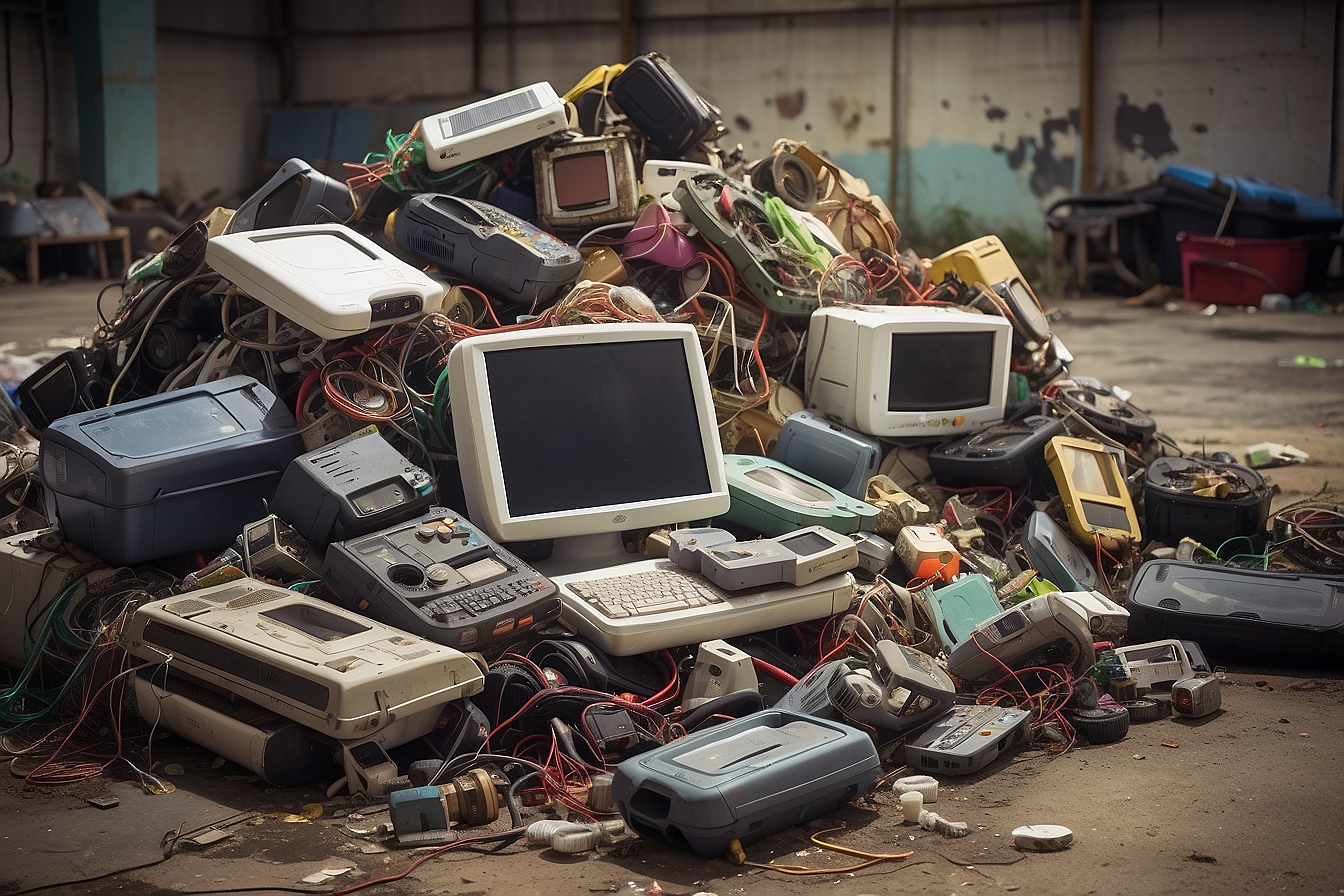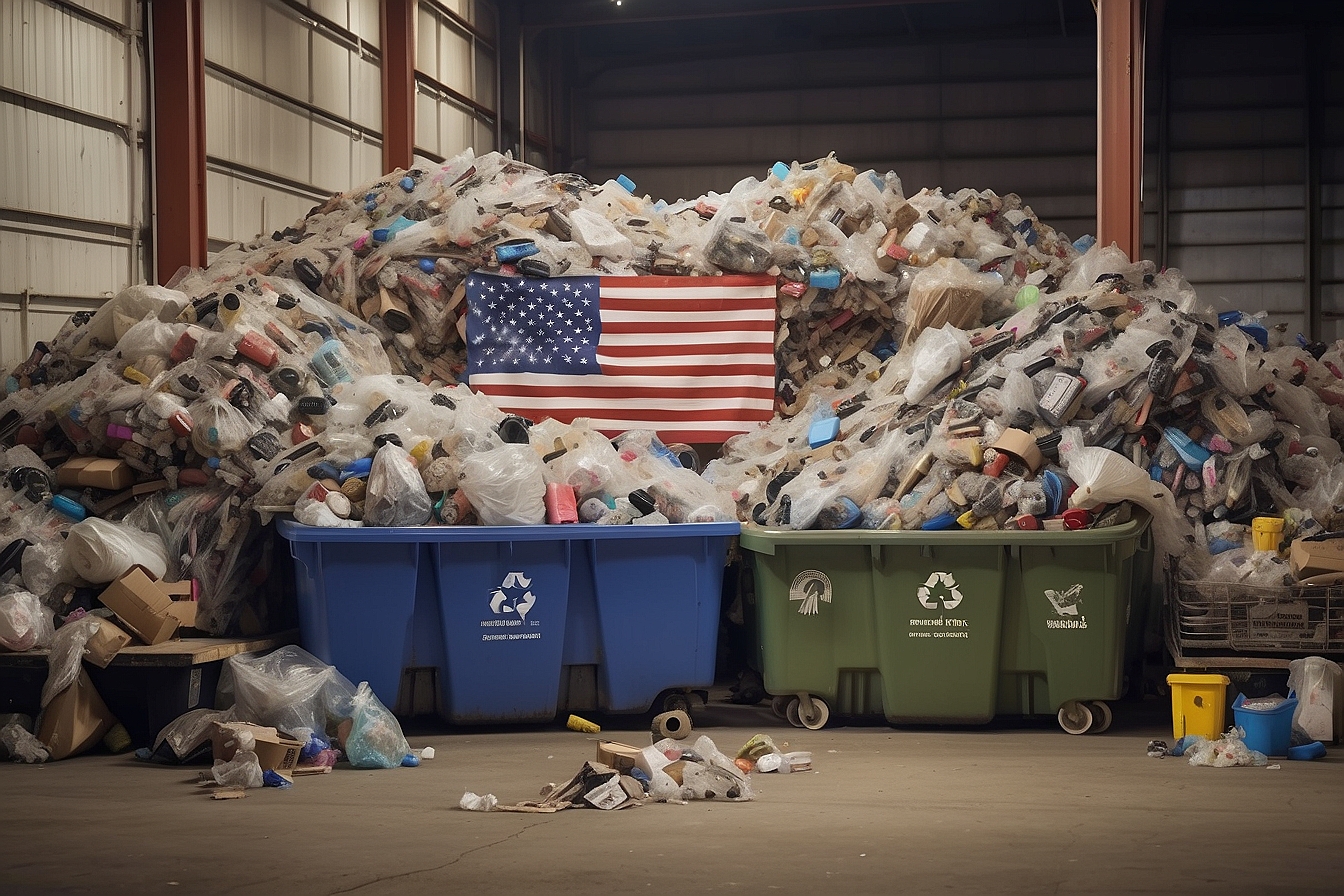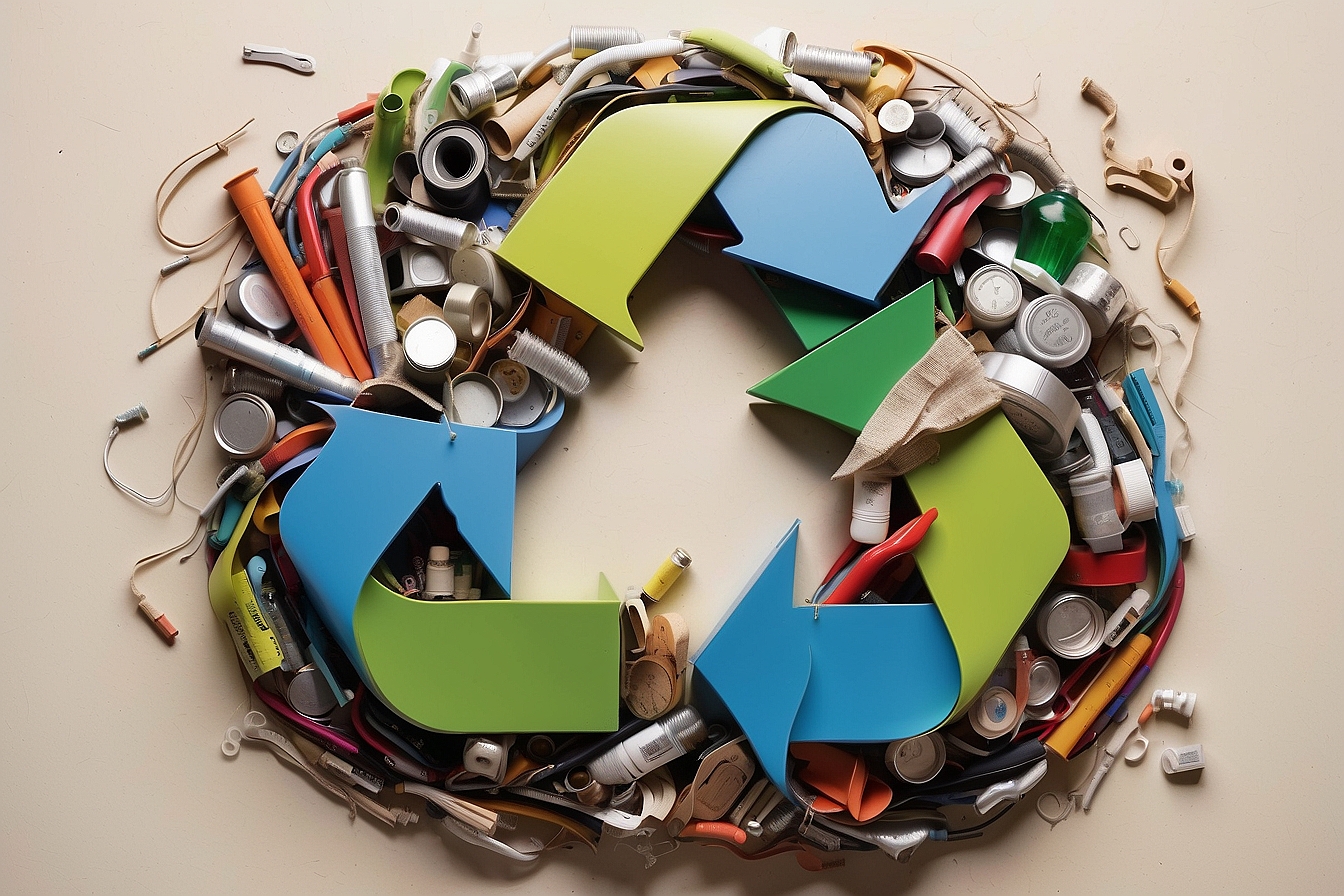We’ve all come face to face with those heart-wrenching images of wildlife ensnared in the remnants of human carelessness, vivid portraits that serve as a stark reminder of the toll our refuse takes on Earth’s stunning creatures.
If you’re anything like us, such sobering scenes stir more than just sorrow; they ignite a fervent desire to make amends. Delving into this pressing issue reveals some startling facts — did you know, for example, that upwards of 100,000 marine animals meet their demise each year due to plastic entanglement alone? Our forthcoming article is brimming with hands-on advice designed not only to drastically slash waste but also shield our beloved fauna from peril.
Together, we can forge a path towards meaningful change – so stay tuned for invaluable insights and join us in turning the tide on this critical matter.
Key Takeaways
- Litter like bottles and plastic bags endangers wildlife, causing harm through entanglement or ingestion.
- Over 100,000 marine animals die each year due to plastic pollution in oceans.
- Recycling and composting reduce the waste that harms animal habitats and plant life.
- Community clean – ups play a vital role in removing dangerous waste from natural environments.
- Educating others about the negative effects of waste on ecosystems encourages responsible behavior.
The Impact of Trash on Wildlife
Litter and plastic pollution have devastating effects on wildlife, from entanglement and ingestion to habitat destruction. Animals and plants suffer from the harmful consequences of improperly disposed waste.
Litter
We see it everywhere – on the streets, in our parks, and along our waterways. Litter not only tarnishes the beauty of our natural landscapes but poses a serious threat to wildlife.
Discarded items like cans, bottles, and plastic bags can become deadly traps for animals both big and small. Creatures may mistake litter for food, leading to ingestion or entanglement that can cause suffocation or starvation.
As we take steps towards waste management and environmental conservation, we must address this pervasive issue. By cleaning up littered areas and practicing responsible disposal of waste products, we play a crucial role in protecting habitats from degradation.
Our actions help maintain biodiversity and prevent toxic substances from harming aquatic life as well as land species. Next up: let’s delve deeper into the specific challenges presented by plastic pollution.
Plastic pollution
Plastic pollution poses a significant threat to wildlife and ecosystems. Our irresponsible discarding of plastic waste leads to the entanglement and ingestion of marine animals, resulting in severe injuries and fatalities.
The proliferation of microplastics also harms various species, impacting their habitats and food sources, while the toxic chemicals present in plastics threaten the health of both terrestrial and aquatic organisms.
Mitigating plastic pollution requires immediate action from all of us. By reducing our consumption of single-use plastics, recycling diligently, and supporting initiatives aimed at cleaning up plastic waste from our environment, we can help safeguard wildlife and protect delicate ecosystems from further harm.
Effects on animals and plants
Garbage dumped in natural habitats poses a grave threat to animals and plants. Litter can entangle wildlife, impacting their ability to move, feed, or even breathe. Plastic pollution suffocates aquatic life and pollutes soil, disrupting plant growth and development.
The effects of waste on animals and plants are evident as they struggle to adapt to the changing environment that results from human activity.
Wildlife is negatively impacted by food waste due to the ingestion of harmful substances. Ecosystem disruption caused by landfill sites affects biodiversity, putting many species at risk of endangerment or extinction.
It’s crucial for environmentally conscious individuals like us to recognise these impacts and take action towards conservation efforts.
Ways to Reduce Waste and Protect Wildlife
By properly disposing of waste and reducing our use of plastic, we can help protect wildlife from the harmful effects of trash. Cleaning up communities and spreading awareness about the impact of waste on ecosystems are also crucial in safeguarding the environment for wildlife.
Proper waste disposal
Proper waste disposal involves separating and disposing of different types of waste in an environmentally friendly manner. This means recycling materials such as paper, glass, plastic, and metal to reduce the amount of waste sent to landfills or incinerators.
Organic waste like food scraps can be composted to create nutrient-rich soil for gardens instead of being thrown away.
By ensuring that hazardous materials such as batteries, electronics, and chemicals are disposed of properly at designated drop-off locations, we can prevent them from contaminating our environment.
Reducing plastic use
After disposing of waste properly, we can take the next step to protect wildlife by reducing plastic use. Plastic pollution poses a significant threat to marine life, as it can harm and kill animals that mistake it for food.
By choosing reusable items over single-use plastics, such as water bottles, bags, and straws, we can significantly decrease our plastic footprint.
Furthermore, supporting initiatives that promote biodegradable alternatives and advocating for reduced plastic packaging in products can contribute to lessening the impact of plastic on ecosystems.
Cleaning up communities
Communities play a crucial role in keeping our environment clean and safe for wildlife. By organising community clean-up events, we actively remove harmful waste from natural habitats, preventing potential harm to animals and plants.
When we join hands with local conservation groups or authorities to collect litter from parks, rivers, and beaches, we directly contribute to protecting the biodiversity of these fragile ecosystems.
Participating in community clean-ups not only safeguards wildlife but also sets a positive example for others while spreading awareness about the importance of responsible waste disposal.
Spreading awareness
Spreading awareness about the impact of waste on wildlife is crucial. We must educate others about proper waste disposal and the harmful effects of plastic pollution. Encouraging community clean-up events can also help to spread awareness and inspire action.
By sharing knowledge, we can work together towards a cleaner environment for all living beings.
Raising awareness is key in protecting wildlife from the dangers of mismanaged trash. People need to understand that their actions directly affect ecosystems and animal life. Spreading information about the link between waste and wildlife will empower individuals to take responsibility for their environmental impact.
Conclusion
In conclusion, we must take action to reduce waste and protect wildlife. Proper waste disposal is crucial in preventing harm to animals and plants. We can make a difference by reducing plastic use and cleaning up our communities.
Let’s spread awareness about the dangers of waste and work together for a healthier planet.
FAQs
1. How does waste affect wildlife?
Waste, particularly plastic pollution, poses a serious threat to wildlife as animals can become entangled in trash or mistake it for food, leading to injury and sometimes death. This connection between littering and wildlife endangerment puts entire ecosystems at risk.
2. Why is proper trash management important for animals?
Effective trash management reduces the environmental impact of waste by keeping harmful materials out of natural habitats where they can cause biodiversity loss and harm animal life.
3. Can our rubbish really hurt human health too?
Yes, when garbage affects wildlife and ecosystems, it also impacts human health as we rely on these environments for clean air, water, and food sources which can become contaminated due to poor waste disposal practices.
4. What’s the link between food waste and the planet’s wellness?
Food waste directly contributes to environmental degradation; wastefulness not only squanders resources but also generates greenhouse gases as it decomposes, affecting both climate change and the wellbeing of planetary life including humans.
5. Does solving pollution problems help with wildlife conservation?
Definitely! Combating pollution through better waste management supports wildlife conservation efforts by preserving their natural habitats from the harmful effects of garbage on ecosystems.





